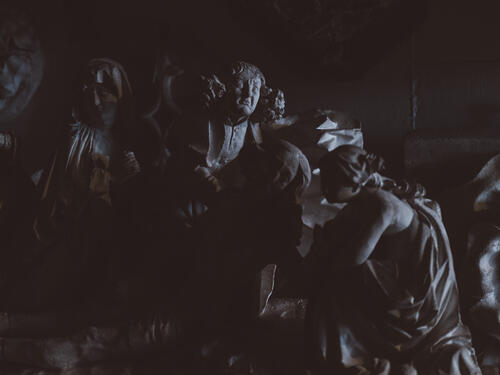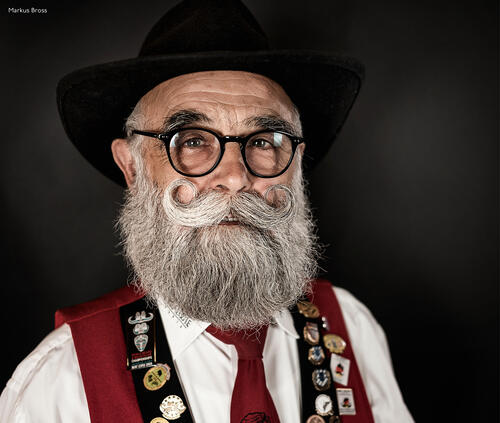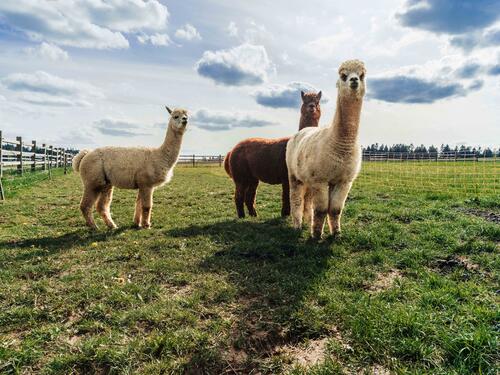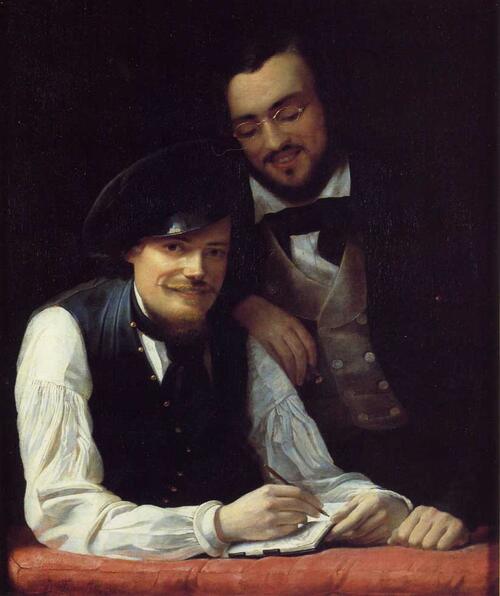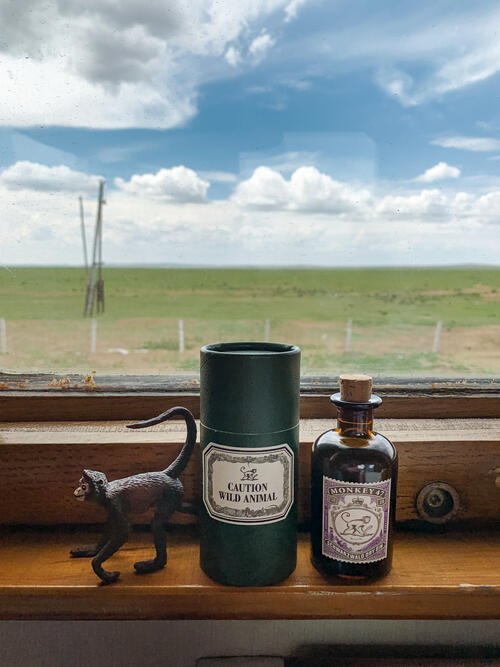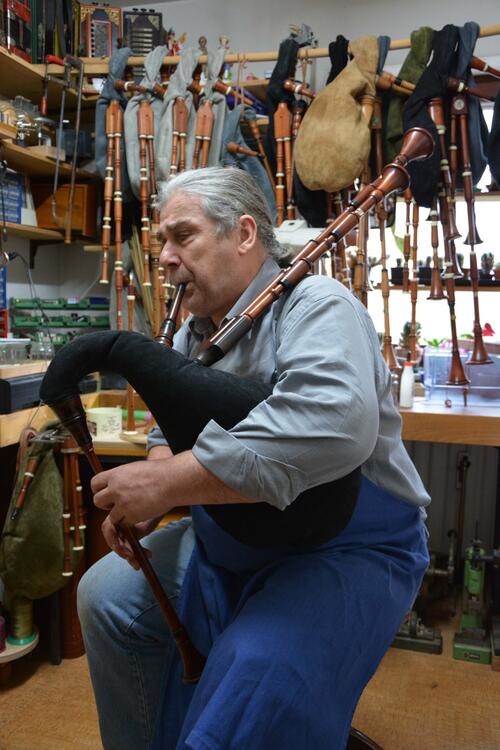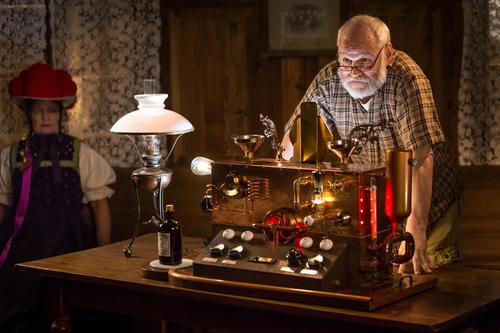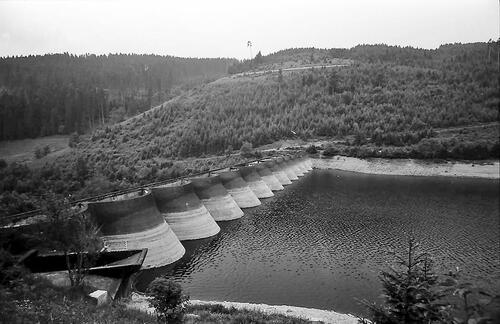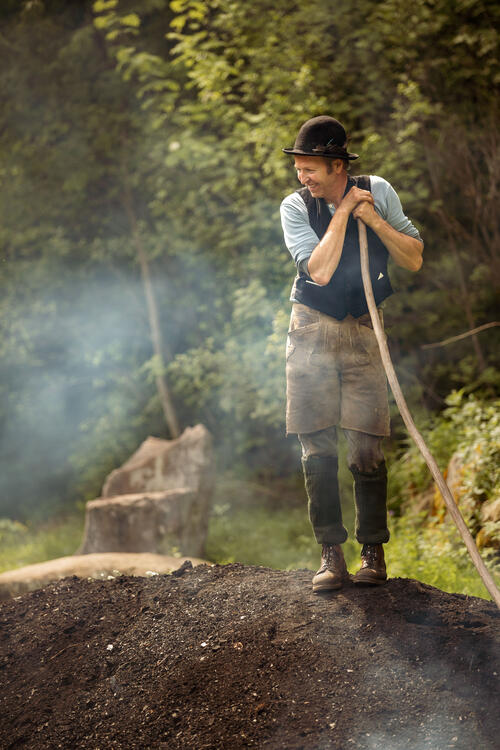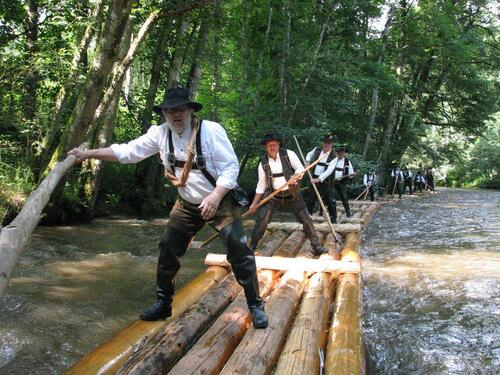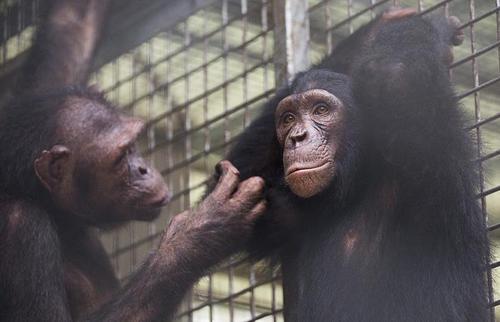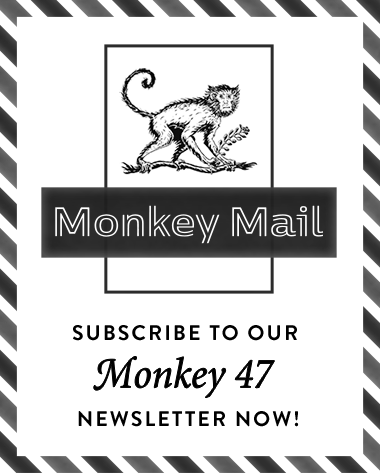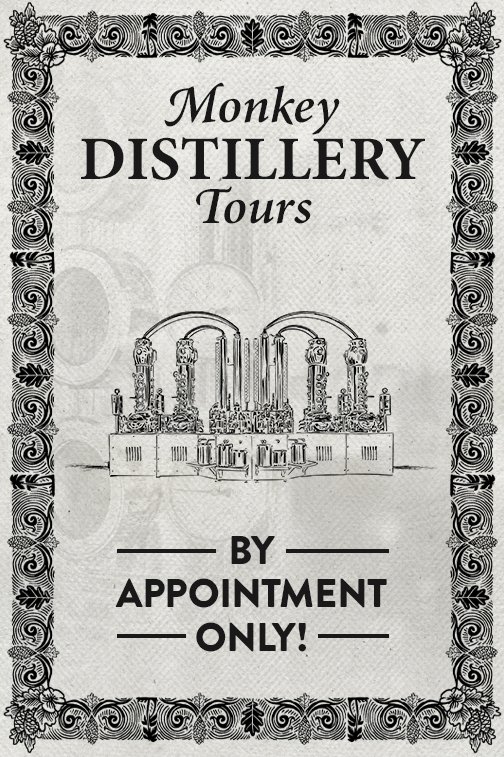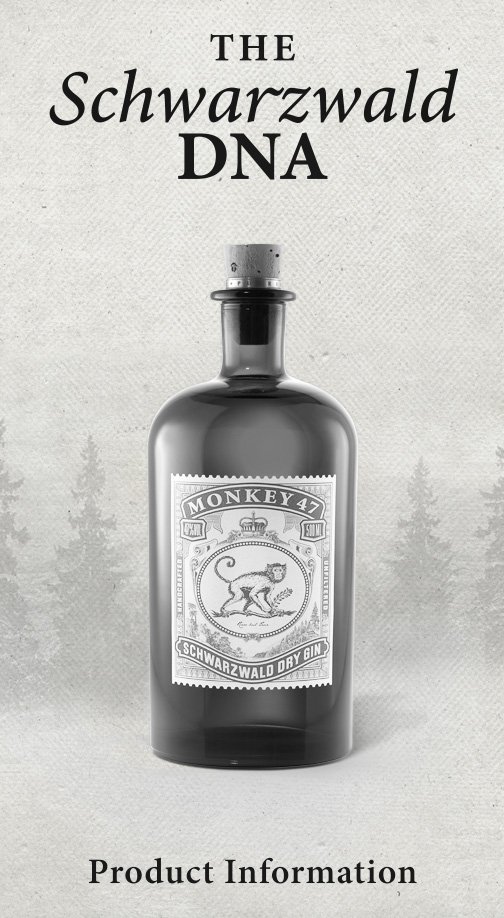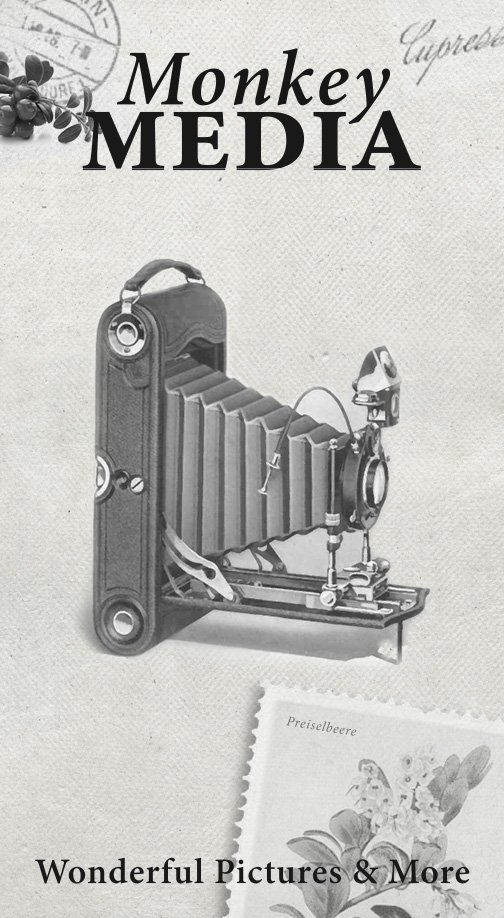Tales from the Black Forest - the Radio-controlled Clock
The Most Accurate and Tastiest Clock in the World
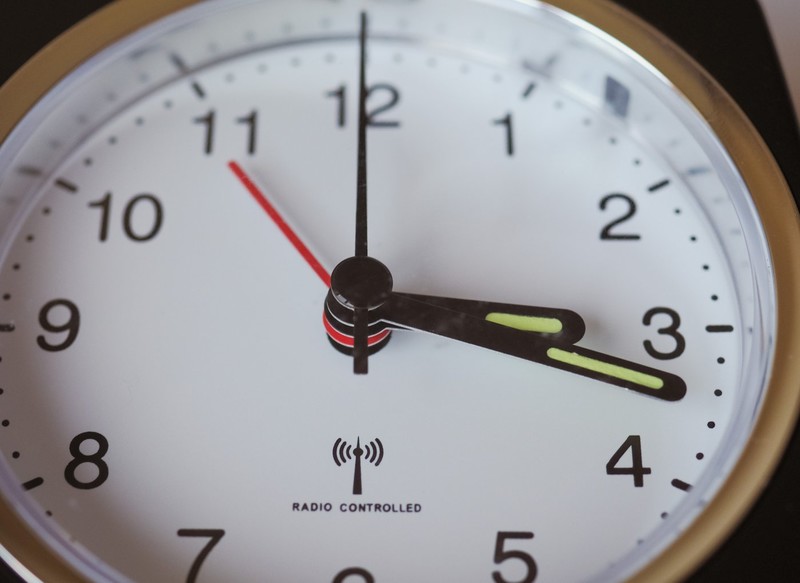
The brown pharmacy bottle with its monkey label not only provides a home for Monkey 47 but can also be used as an accurate timepiece. For gin and tonic with 4 deciliters of Monkey 47, the 0.5-liter bottle holds exactly 12.5 delicious long drinks. If we assume 30 minutes in which to delight in its pleasures, after six hours, there is only enough gin left in the bottle for a weak mixture. Of course, you still have to divide the six hours by the number of friends with whom you are sharing the pleasure. If there are four of you, the virtually dry bottom of the bottle tells you that you have been indulging for an hour and a half. Whether you can still do all the math after your second drink, however, is questionable. It might then be more worthwhile to consult an even more accurate timepiece. Ideally, the most accurate of them all: a radio-controlled clock. Just like Monkey 47, they too are manufactured in the Black Forest.
The system is fairly straightforward. The exact time is transmitted once every second via the DCF77 transmitter, which is located near to Frankfurt am Main and can reach the whole of Europe. A receiver clock retrieves the signal at regular intervals, thus eliminating any possibility that the clock could be fast or slow.
DCF77 has been sending its long-wave signals since 1973. To begin with, receiver clocks were quite expensive, but the companies Kundo in St. Georgen and Junghans in Schramberg provided the breakthrough that introduced this new, meticulously precise means of experiencing time to broader sections of the population.
Kundo, founded in St. Georgen in 1898, and Junghans in Schramberg, once the world’s largest clock manufacturer, were the first companies to bring radio technology into German living rooms. That was in 1985. A year later, Junghans presented the first freestanding, solar-powered, radio-controlled clock, and Kundo introduced the first radio-controlled clock with central second hand and date display.
In terms of wristwatches, Junghans, which was founded in 1861, had the edge. In 1990, the Mega 1 brought radio technology in miniature format to the people. Naturally, the accuracy of this first radio-controlled watch was a good marketing tool and it appeared on the packaging. Besides automatic time change to standard or daylight saving time, the maximum deviation of one second every million years was also promoted.
But does everything really need to be measured that accurately all the time? Accuracy is important in sporting events, and here too, the Black Forest company Junghans set new standards with its timekeeping technology at the Munich Olympic Games in 1972. In everyday life, many people don’t mind whether a clock is slightly fast or slow. Some even set their clocks fast on purpose to ensure that they turn up to appointments more or less on time. Maybe for a wonderful evening with friends that money just can’t buy. Then, the time seems to simply fly by, so to slow down, you’re probably better off with a good old gin-and-tonic clock.




